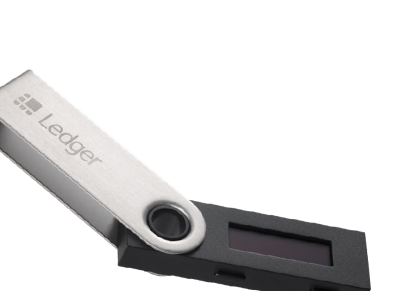Mechanism of Hardware Wallets
Whenever you want to do something in online banking for example, you need to enter your PIN code. Think of hardware wallets as external, physical PIN entering devices. You grab the hardware wallet to enter your PIN and move along doing what you were going to do in online banking. In crypto, the PIN is referred to as private keys. Hardware wallets protect the private key, which gives you access to your funds.
Now, in the digital world this may be a trickier task than one might think, so hardware wallets store those private keys on microprocessors. The microprocessors used to store the private key can be split into two types – the normal ones used in consumer drones, microwaves, cameras and the “secure” ones used in payment cards, POS devices, even passports. Those “secure” microprocessors are generally referred to as SE or Secure Elements.
The microprocessors used in hardware wallets are a lot more complex than the normal ones, using encrypted memory and physical reinforcement to prevent against attacks and unauthorized access. On top of all those hardware specifications, hardware wallets’ microprocessors have an operating system to control the processing environment, thus adding one more layer of security by further encryption. Some hardware manufacturers are going even one step further integrating a custom-designed operating system specifically made for the usage of their hardware wallet – the Ledger wallet is one such example.
A short overview now of three particular hardware models:
| Wallets |
Launched |
Material |
Screen |
Supported assets |
Features |
Go link |
| Ledger Nano S |
2016 |
Steel and plastic |
Tick |
700+ |
Encryption (PIN-code) |
WEBSITE |
| Trezor One |
2013 |
Plastic |
Tick |
500+ |
Encryption (password) |
WEBSITE |
| KeepKey |
2015 |
Aluminum |
Tick |
50+ |
Encryption (PIN-code) |
WEBSITE |


